Cumbres Toltec Railroad Back to yesteryear
Highway 285 winds it’s way through Espanola, Ojo Caliente, Tres Piedras, Antonito, and eventually Alamosa, Colorado. Another way to see this high country is riding a narrow gauge railroad that runs from Antonito, Colorado to Chama, New Mexico and back. This narrow gauge train runs on steam and there is a man who works his shovel the entire trip, pushing coal into a hot firebox that heats water that makes steam that moves rods that turns wheels rolling on narrow tracks. Richard and I pull off the highway and watch the antique train pull into the Antonito station. These cars used to carry goods and people but now carry sightseers who want to revisit the past, imagine themselves in an old John Wayne movie and take their kids on an afternoon trip. I look for John Wayne to climb down off the train with a big wide brimmed stetson, a red bandana around his neck, six guns wrapped around his waist and a badge on his chest. All that get off the train this afternoon are kids with cell phones, overweight adults with walkers and oxygen, and railroad employees getting ready to go home. Re-living the past is not for the faint of heart. Real railroads, these days, carry shipping containers filled with stuff made in China.1950’s Hamburger Stand Old Photos
Old photos, especially black and white, have a nostalgic quality. They often have no names or dates on the back, have edges that are dogeared or brown, wrinkles, mustaches drawn in with ball point pens by pranksters. They are sometimes in albums but often are tossed into shoe boxes like shells found on the beach. Sometimes pictures are artistic. Oftentimes they bring back memories, brain chemistry recreating images you can see if you close your eyes and focus, seeing people places and events that have been long gone. These photos bring back heady dates of the 1950’s when Baby Boomers went to grammar school, Elvis brought his hips out in public, Eisenhower played golf, and Kerouac penned long winded novels, his words rolling across the page like a hot tenor sax solo by Dexter Gordon. In Albuquerque, Blake’s Lotaburger was a place to go after we kids worked on one of our Dad’s rentals, mowing lawns, raking trash, washing windows, painting, fixing screen doors and broken windows. We would finish, load tools into a roomy Plymouth station wagon, and go to Blakes for a Lotaburger, fries, and a Coke. With these 50’s folks there was no self indulgence, no sense of entitlement. They were working and glad to be flipping burgers for three dollars an hour and most families were supported by one income. Blake’s in still around. We’ve been through oodles of wars since this hamburger stand was built and we are still not at peace. These days the proverbial tail wags the dog.World War 2 Memorabilia for pat
There are relic hunters who still roam the mountains and valleys on Marinduque searching for World War 2 memorabilia. They sometimes find helmets, bayonets, mess kits, a lucky photograph of a wife or children in a leather pouch, pieces of uniforms and occasionally, by the side of downed aircraft, bleached bones. This great world conflict, in the early 1940’s,finished eighty years ago and what we know of it now comes from secondary sources. The generation that fought the war has followed it into history and has left us boxes of stained photographs, old movies and books by historians who have no longer have any living soldiers or architects of the war to interview. .At celebrations on Veteran’s Day there are a few grizzled vets left who fought in these Philippine jungles, but time has rolled over most of them. By the side of the road, just outside Mogpog, is a tall piece of ordnance propped up outside a food mart. It is like the biggest ball of twine somewhere in the Midwest, an Indian teepee hotel along Route 66, the Brown Derby in Los Angeles. To people in the Philippines, Japan is not liked. People remember their grandfather’s killed along with Americans, remember Japanese death marches. World War 2 fades in significance, buried as generations pile one atop another. Now, we are into the entertainment age and World Wars are far from people’s minds. What is funny is that the people that were drawn into World War 11 weren’t thinking about it either.Mayan Outpost with Iquanas Tulum Ruins
The location of this old Mayan city was well chosen. It is a place Mayan elite lived for the best part of the year,entertained visitors, enjoyed food and drink on porches as their sun sank into the Caribbean sea. There were simple platforms built on the grounds upon which slaves and servants lived in thatched communal homes. There are altars that still overlook cliffs where offerings would have been made to the Mayan Gods. Most of the old city has crumbled and front porches have been claimed by iguanas, prehistoric reptiles that survived the dinosaur extermination.The iguanas bask on the stone floors in palaces off limits to tourists, their coloring matching that of the stones around them perfectly. They run oddly with their tails swinging left to right and legs moving like robot legs, surprisingly quick, tongues testing the air as they move towards food or away from danger. The pyramids still standing here tell the story of this ancient Mayan culture. On top of the wide base have been stacked smaller and smaller blocks. At the top of the pyramid is a single living unit for the head of the society. There is no agonizing discussion of equality and fairness. All major decisions come from the top of the pyramid and all below the top support the King until they can’t and the pyramid crumbles. It is strange to walk in one of history’s graveyards. We have better toys today but we play in the same sandbox the ancients played in.Blue Suede Shoes Impersonating Elvis
Imitation is, a famous wit once explained, the greatest form of flattery. Elvis Presley was a star and shone bright in Tinseltown for decades. In his Elvis impersonator show, Danny Vernon croons, tells jokes, moves his hips, loves on the audience. Some of these fans saw Elvis himself in Las Vegas, watched his hips while he turned Rock an Roll into a money making machine. A good impersonator brings back old magic and Danny gives glimpses of the King. This show is almost two hours and Elvis would approve. Afterwards, Danny poses for pictures with the ladies, like Elvis did. The ladies, old enough to be grandmothers, are giggly and reach for his sequins. Even after death, Elvis casts a big shadow. Some people grow bigger than life, even after they have vanished.Frosty’s Diner On the Rincon Railroad
The Rincon Railroad is for kids at heart. Around the corner from the front office, the railroad town of Rincon has been created. On certain days of the week, on a strict schedule, railroad caps are donned, engine whistles toot, and trains roll around five different sets of tracks. Frosty’s Diner is a favorite fifties stop on this line, and, if a visitor pushes a red button by the side of the tracks, jukebox music takes you back to when these railroad men were kids. Inside, chocolate shakes are thick, hamburgers are bigger than the buns, a waitress named Flo tells her annoying customers to ” Kiss My Grits. ” I would love to eat here but I am too big to fit inside the car.Holy Water San Xavier Mission - Tucson
After Spanish explorers conquered Central and South America, they scoured the present states of Texas, Arizona, New Mexico, California, Utah and Nevada searching for lost cities of gold. Motivated by faith, Spanish priests established missions for the conversion of natives to Catholicism. These missions, outposts of European civilization, still operate, draw modern men seeking their ancient roots. The Mission San Xavier is south of Tucson and it’s construction was finished in 1797. One of the mission’s two towers has recently been restored and funds are currently being saved to restore the second one to it’s original condition. The church interior, though small, is intimate and shows icons of the Catholic church, carved saints, candles, Holy Water, wood carvings, high ceilings and stained glass. Early morning, these church courtyards are in shadows, bells are silent, doors are ajar and tourists snuggle in warm coats as they file into the small church to say their prayers. Churches built by hand, with wooden dowels, seem more trustworthy than those built with power drills, metal studs, with huge HVAC systems. The Holy Water is in a metal container, on a chair, in a hallway, with little paper cups to drink from instead of a long heavy ladle. This water has been blessed, and, in a torrid desert landscape like this, water is always Holy, whether it is blessed or not.Bomb’s Away Pima Air Museum, Tucson, Arizona
The Pima Air Museum is an equal opportunity museum. It has fighter planes, bombers, helicopters, experimental dreams, cargo planes, There are hangers filled with donated airplanes of every vintage, staffed with volunteers, and a large open field where aircraft have been retired from service. There are early primitive planes, and then more modern sleek riveted birds made out of metal, plastic and fiberglass that fly higher, faster, quieter. From the bomber’s seat in the nose of a museum B-52, tattooed with buxom women, the bomber squinted through his viewfinder at the enemy target below. In his gun sights were manufacturing plants, bridges, military bases, railroad tracks, airstrips – strategic targets. With the gentle push of a button, the bomber dropped his death packages, watched his bombs spiral towards Earth like wounded birds.Airmen, long after their missions were complete, could still hear screams in their mind as metal and stone ripped into people and pieces of cities fell like a child’s blocks knocked over by a careless hand. Most planes on display in the museum have curved lines and their angles are sharp. Rivets on the older planes were done by hand by women in California factories and a volunteer tells Alan and I how Los Angeles plants, in WW11, were turning out one B-52 bomber a day that were immediately put into the war’s service and turned the war effort around. Old dreams of flying like birds have come true and old dreams of conquering the world haven’t gone away. The next Caesar, Attila the Hun, Genghis Khan, Hitler is just around time’s bend, and, when they arrive, there will be plenty of firepower at their disposal. Making weapons is a human obsession.History Lesson Baby Steps
In the San Francisco Convent Museo are a series of paintings that chronicle Nicaraguan history.
The paintings start with aboriginal peoples who first inhabit lands before they are claimed by anyone but God. Then paintings move, in book style, through discovery and founding, colonization, building and commerce, fights for independence, reconstruction and modernization. These paintings wait for the arrival of a brand new brother or sister. Maybe the next painting born will be of a new Panama Canal, through Nicaragua? Maybe the next will show the country moving from Socialist/Marxist group ideology to free market small business capitalism, the way the United States used to be before it lost it’s way. People all over the world these days seem weary of their leaders. People following their own drummer seems a healthier recipe than falling in step with someone else’s twenty year plan.
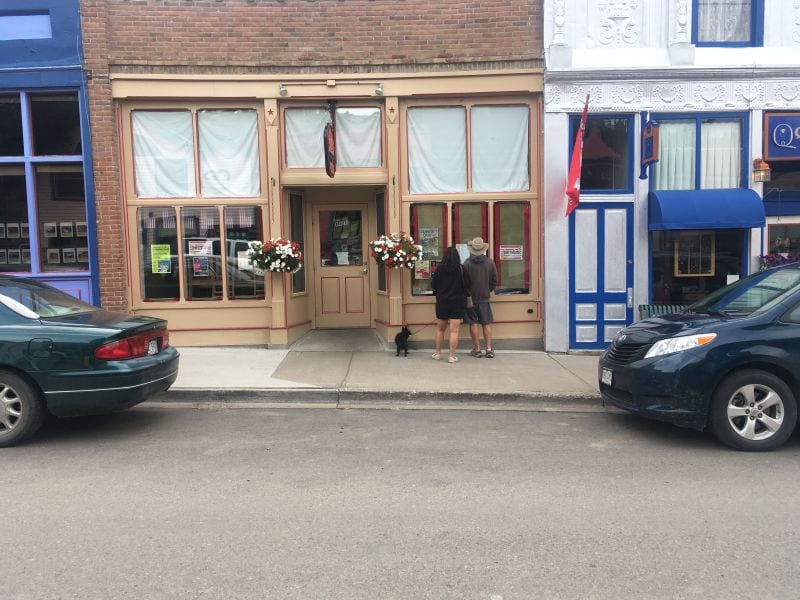
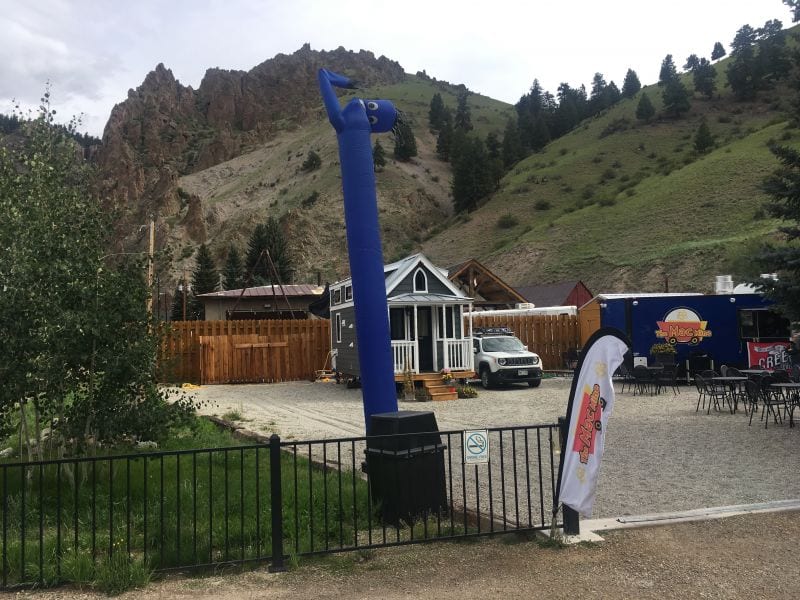
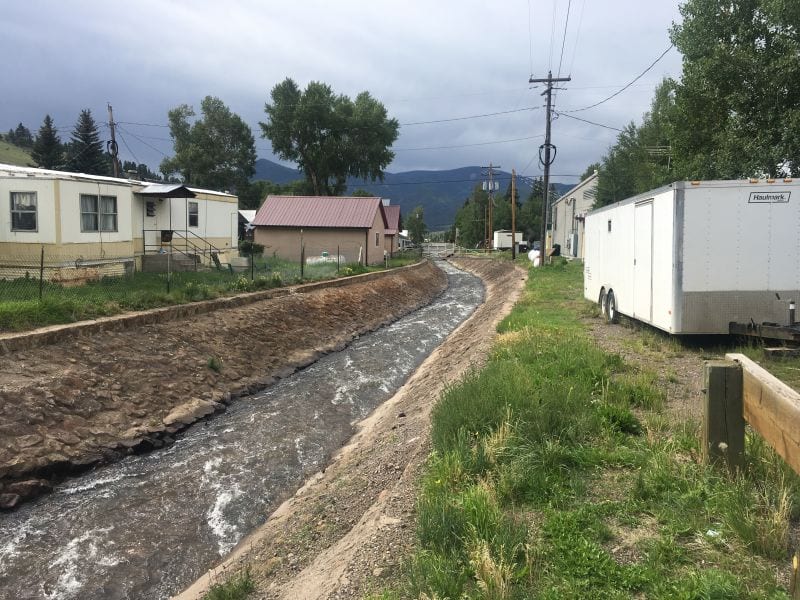
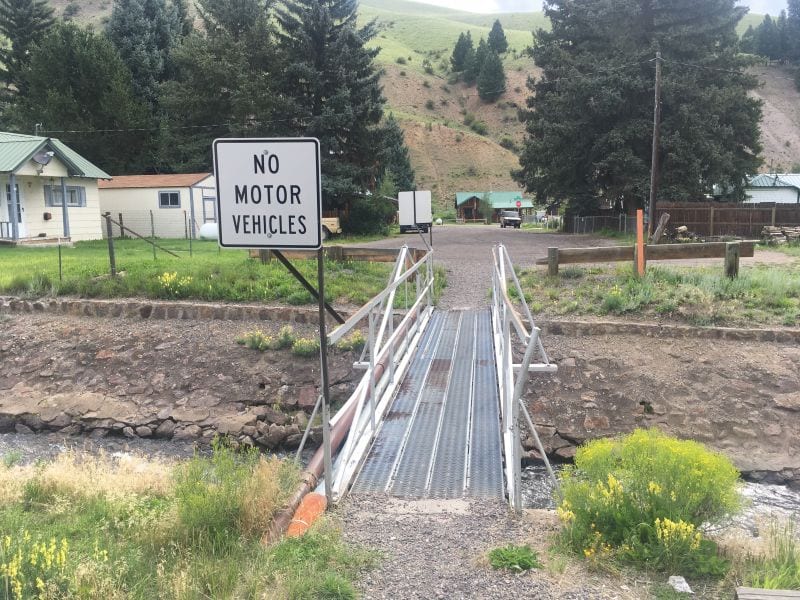
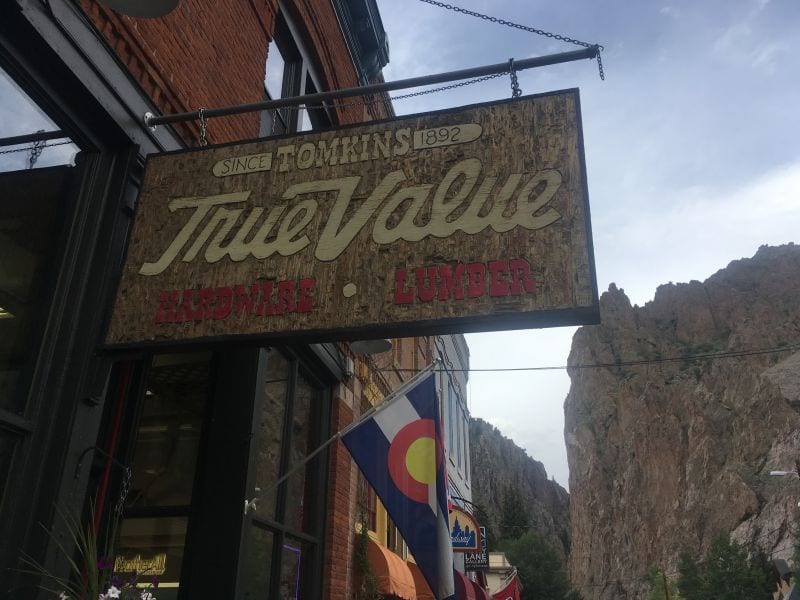

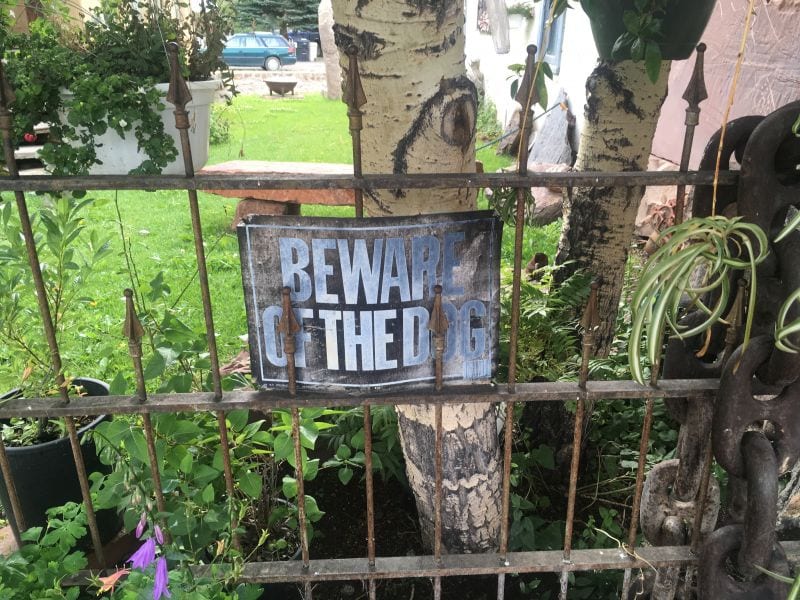
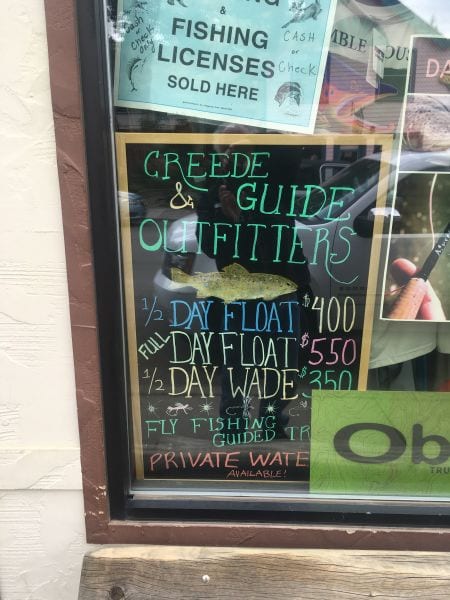
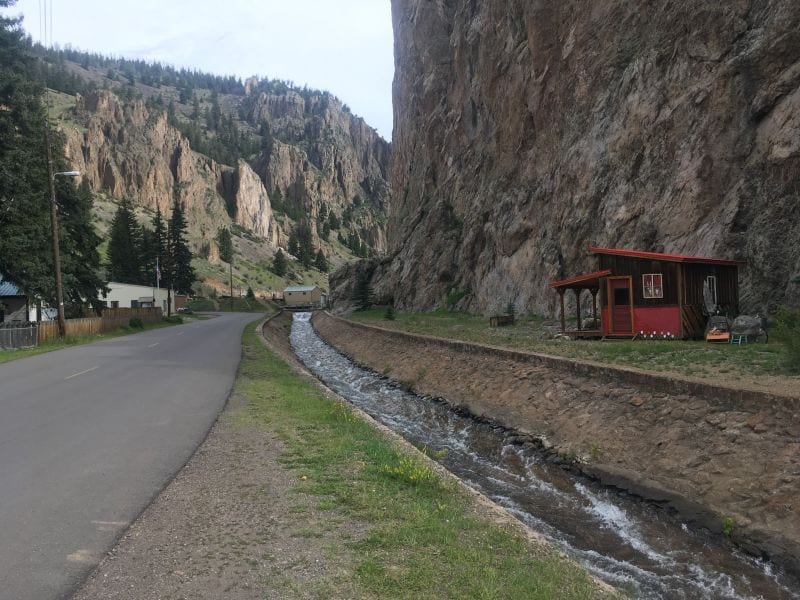
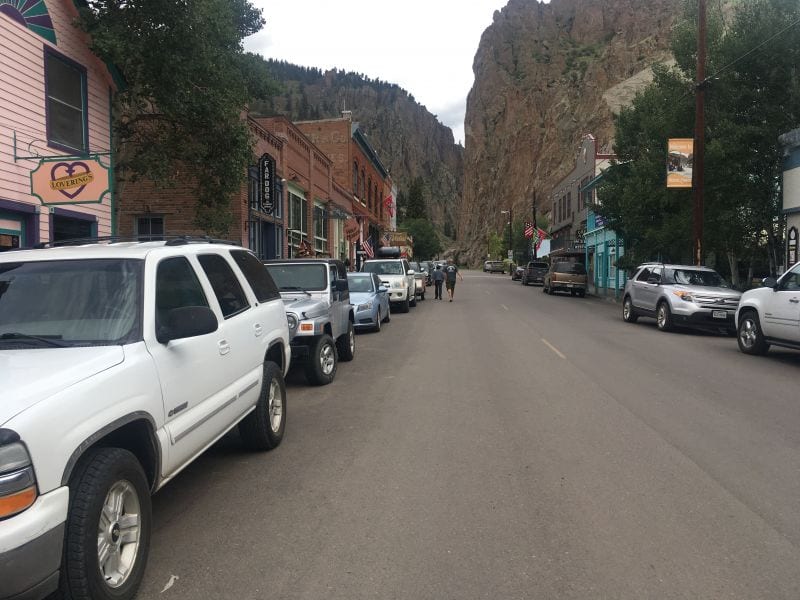
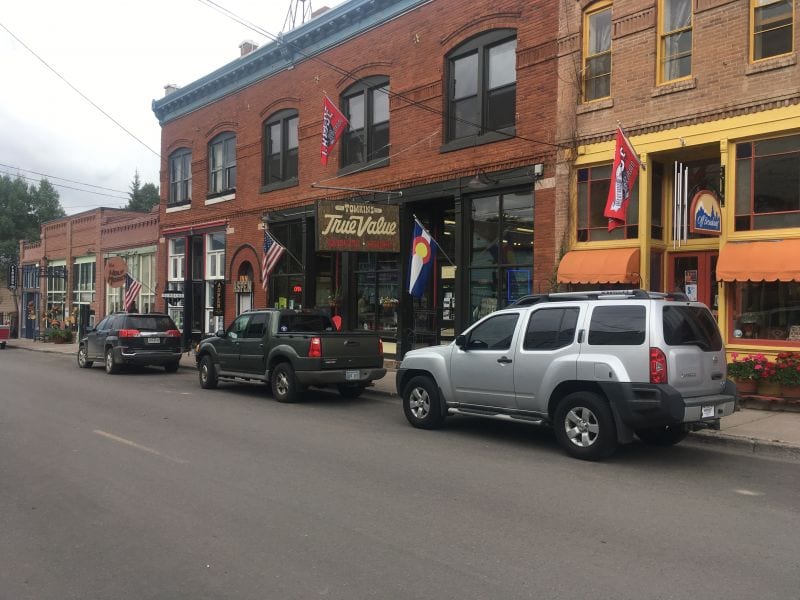
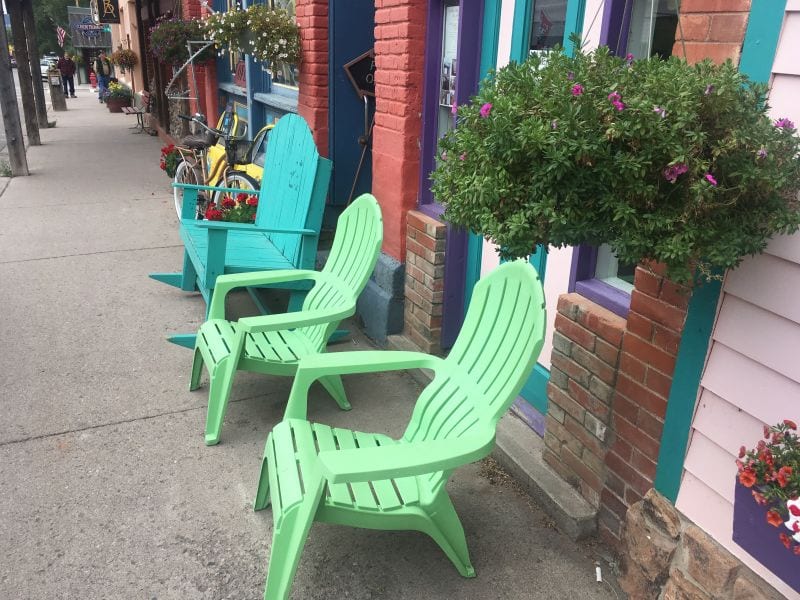
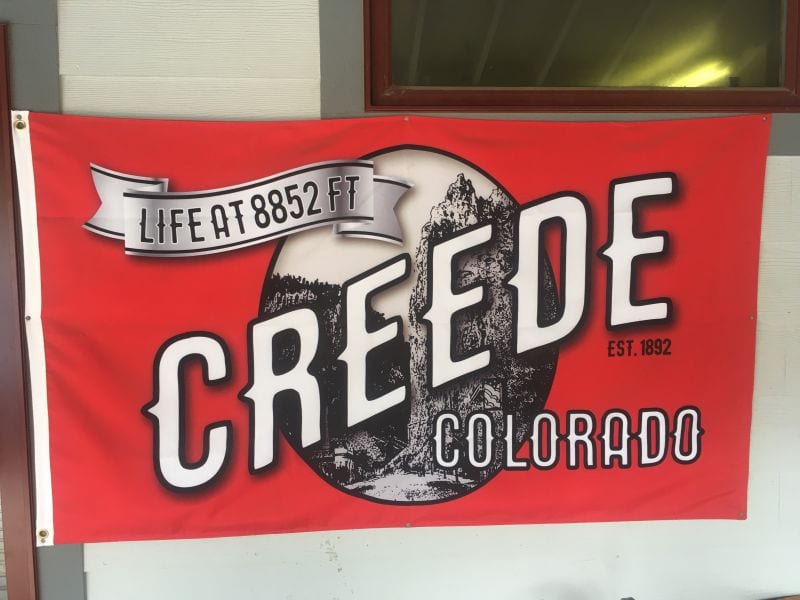
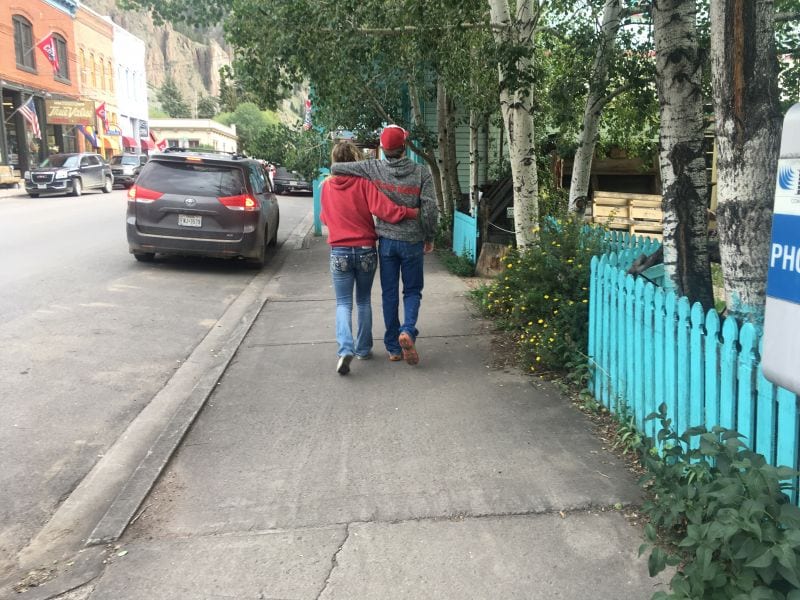
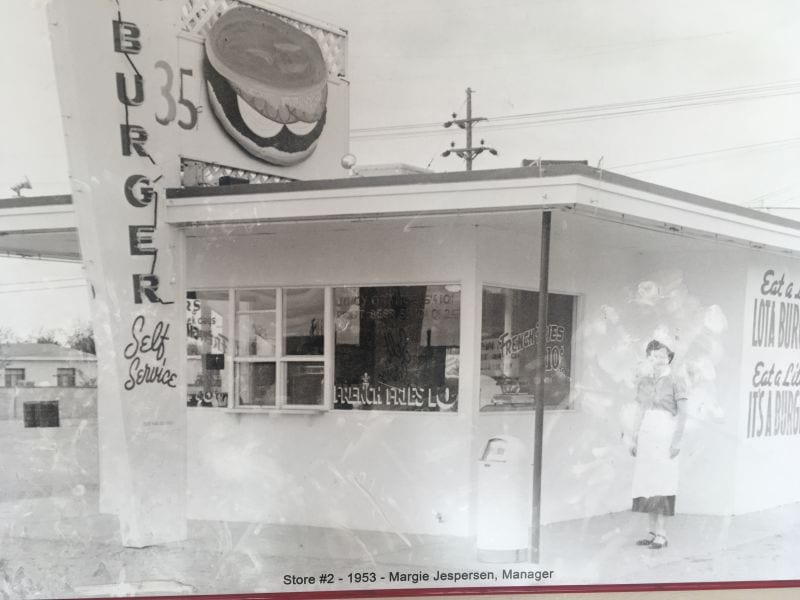
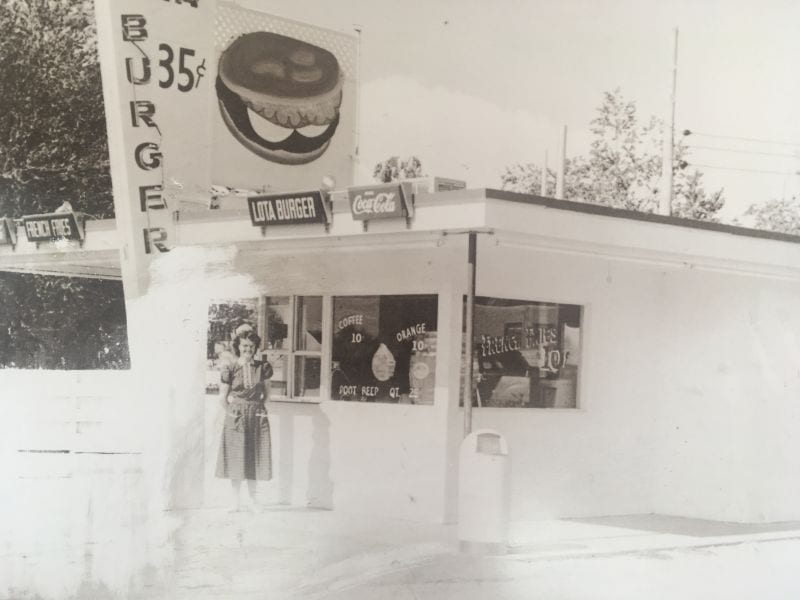
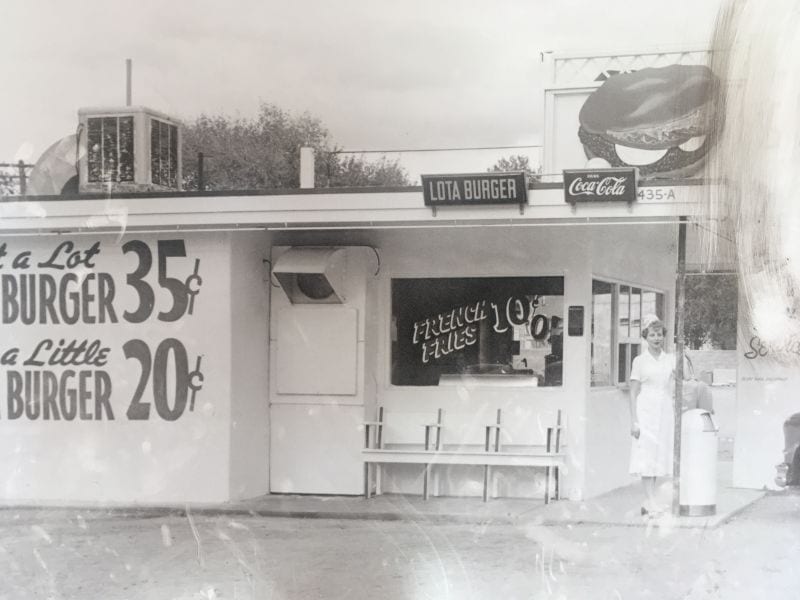
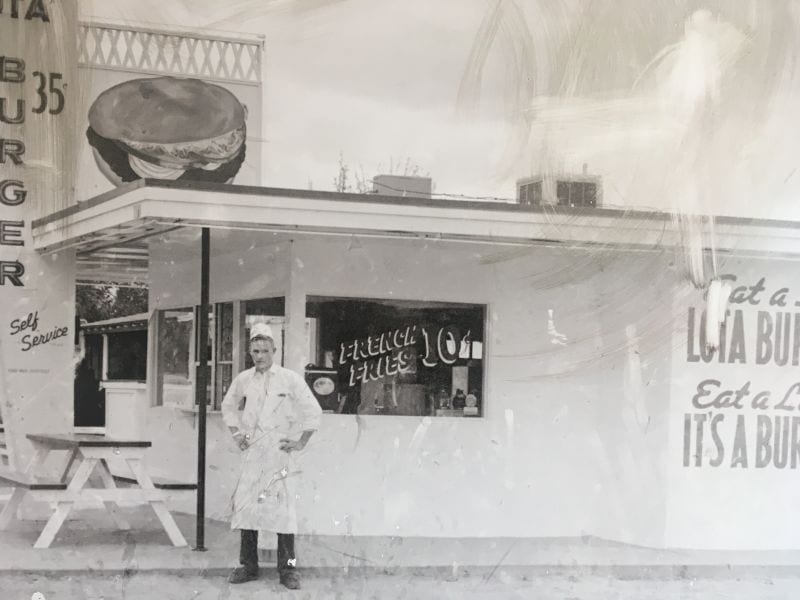
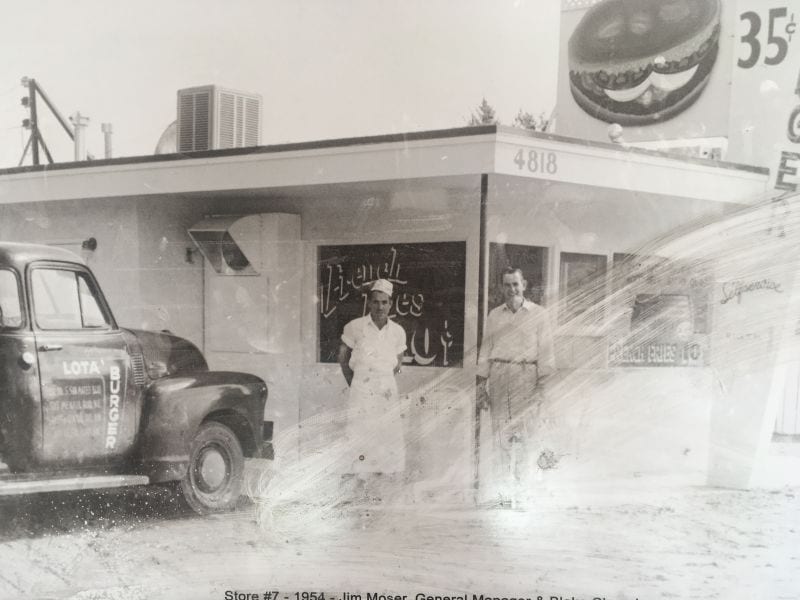
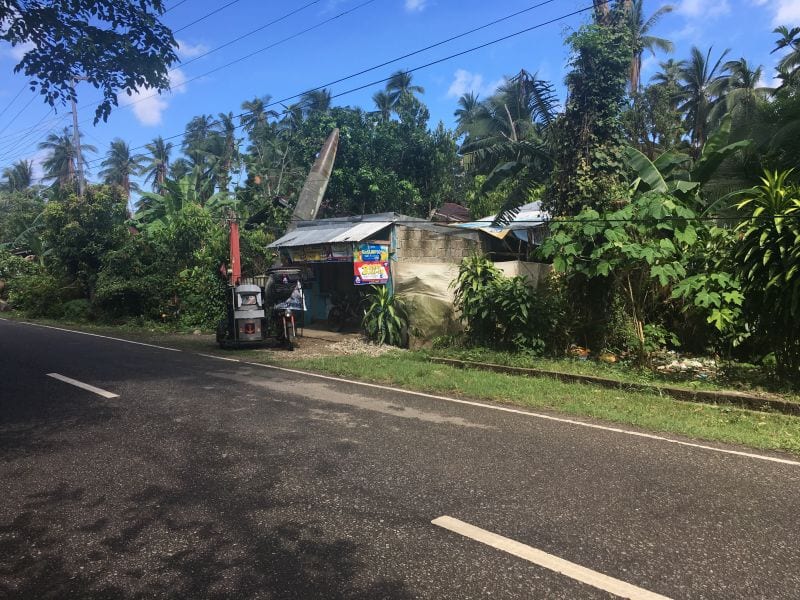
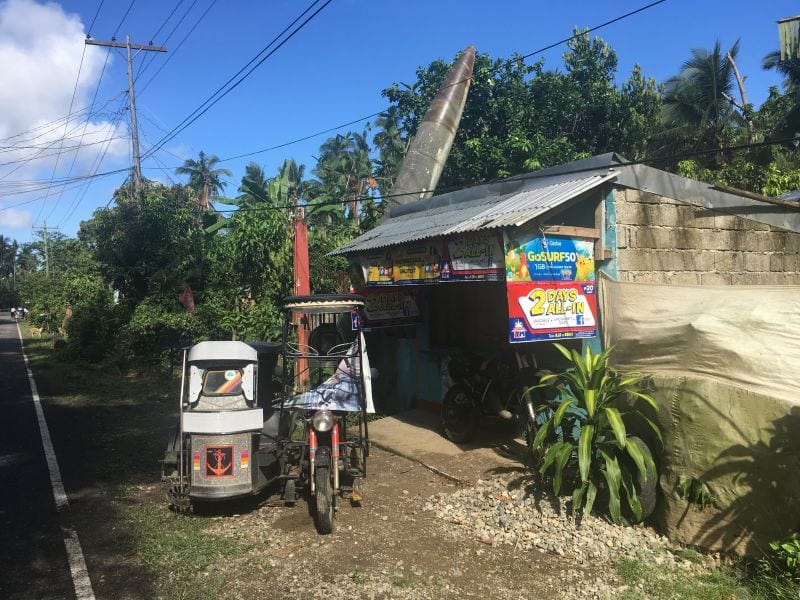
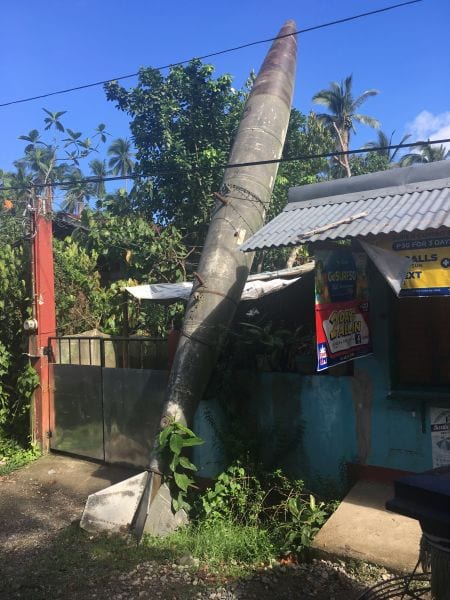
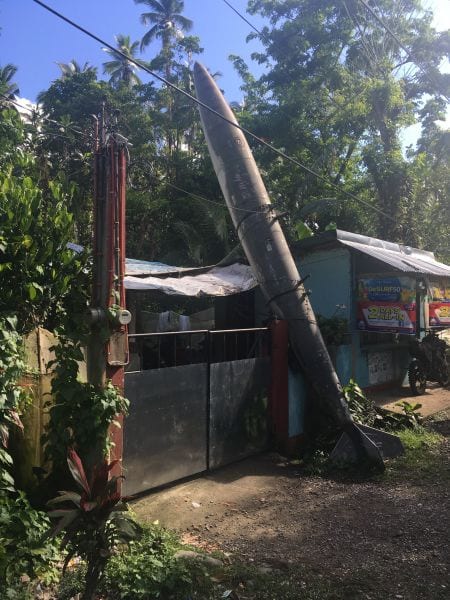
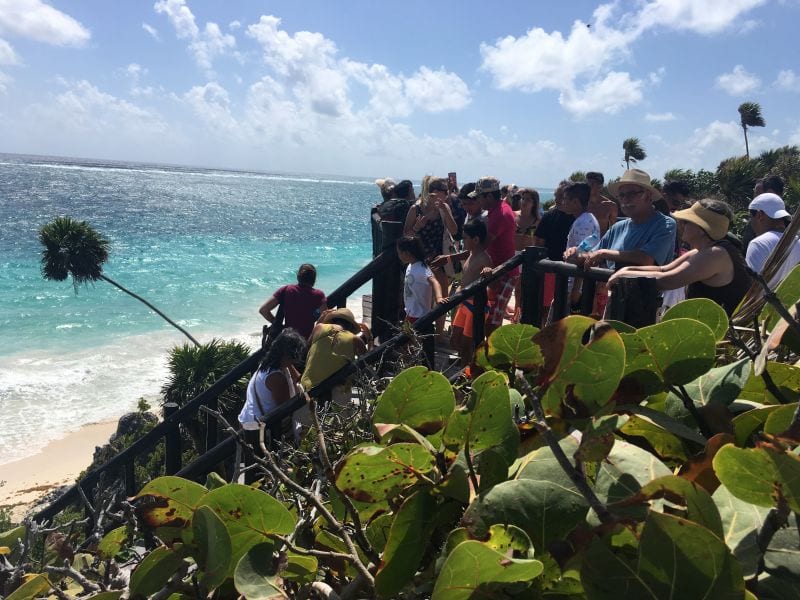
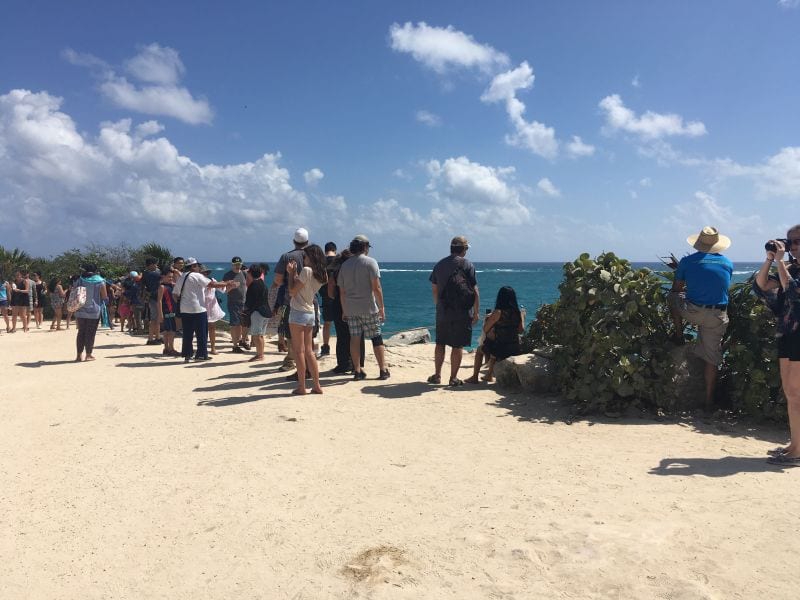
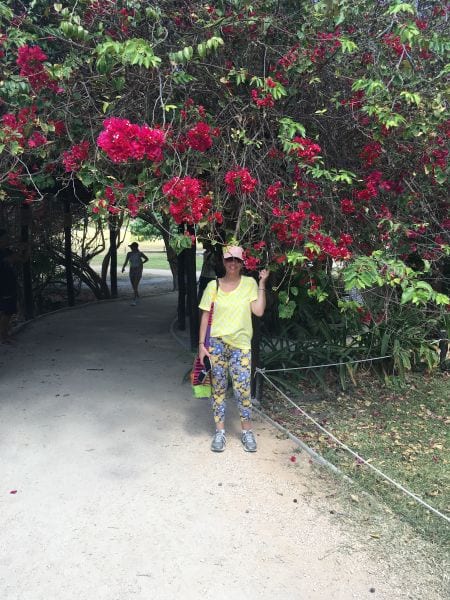
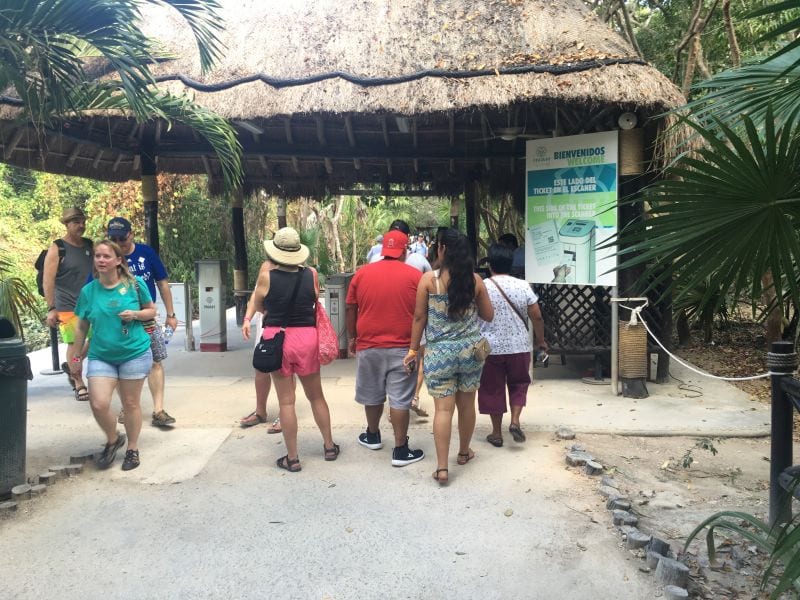
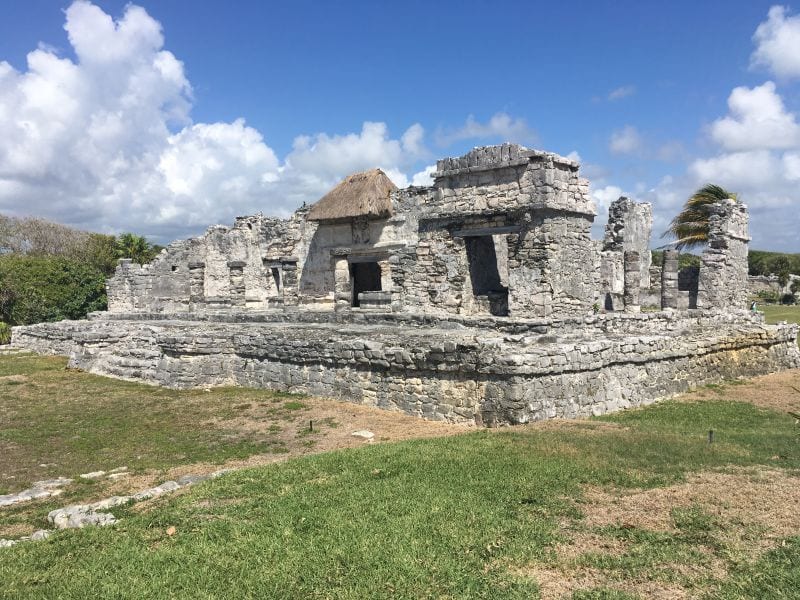
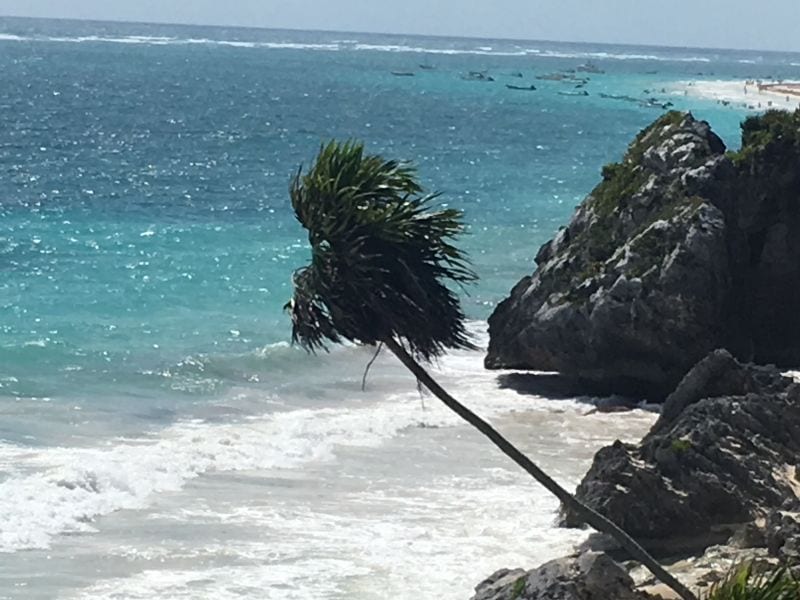
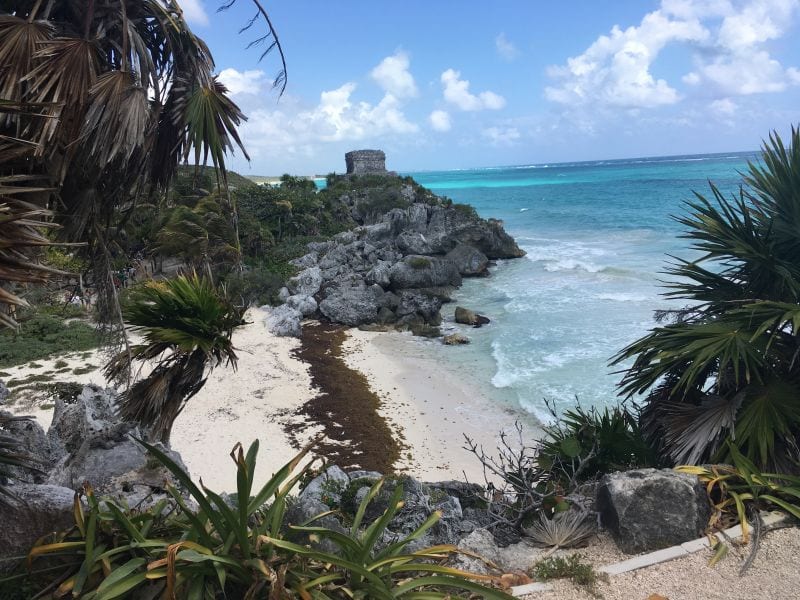
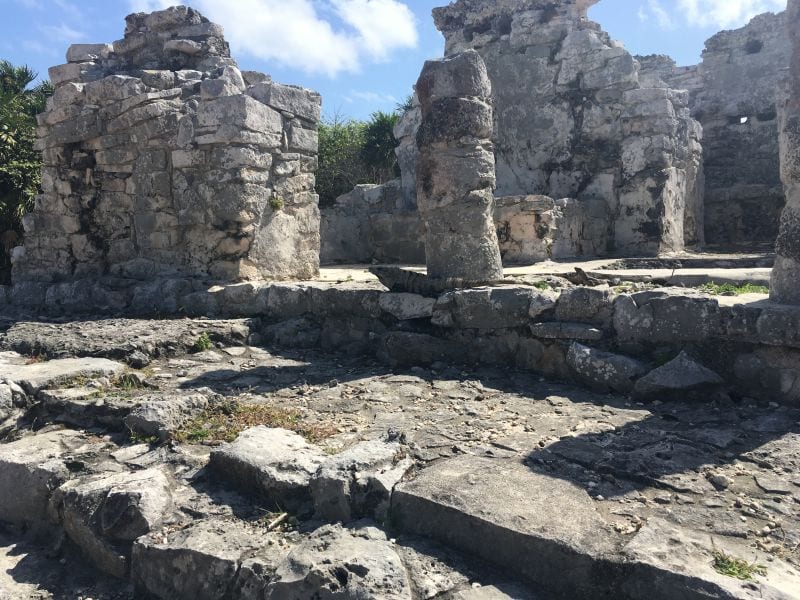
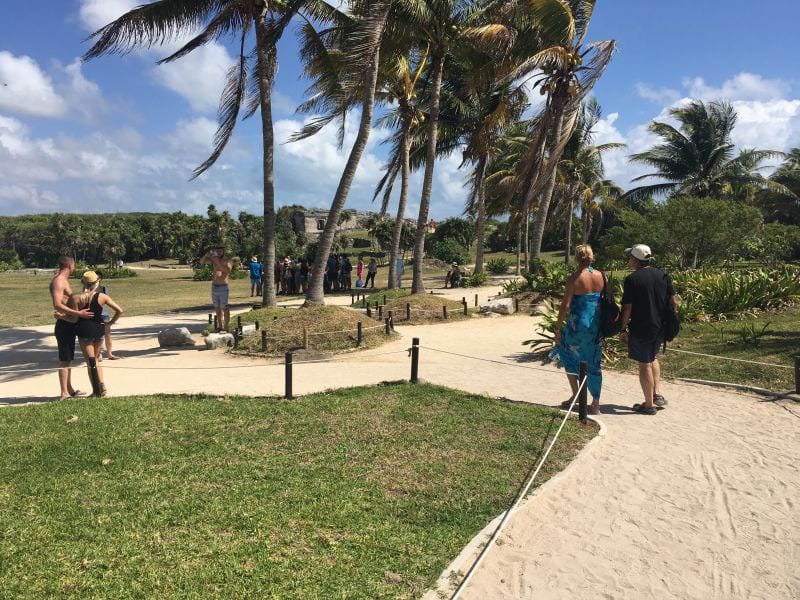
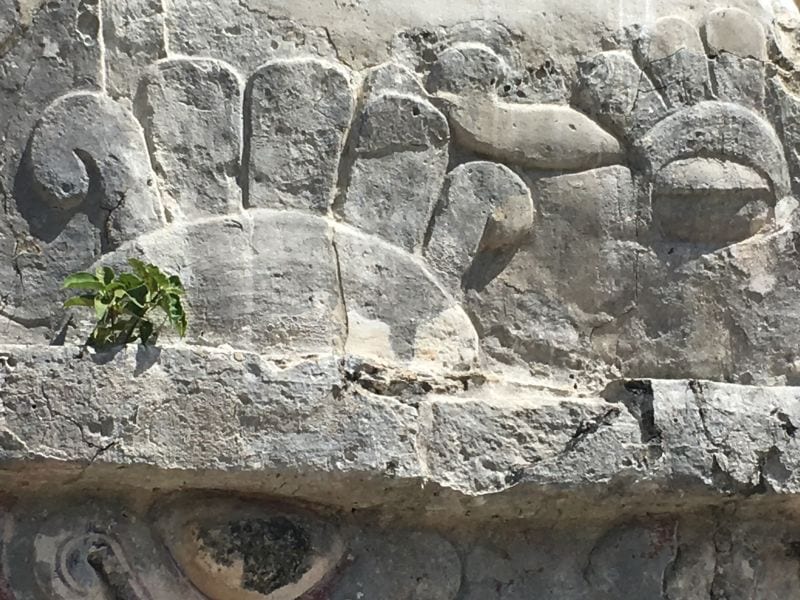
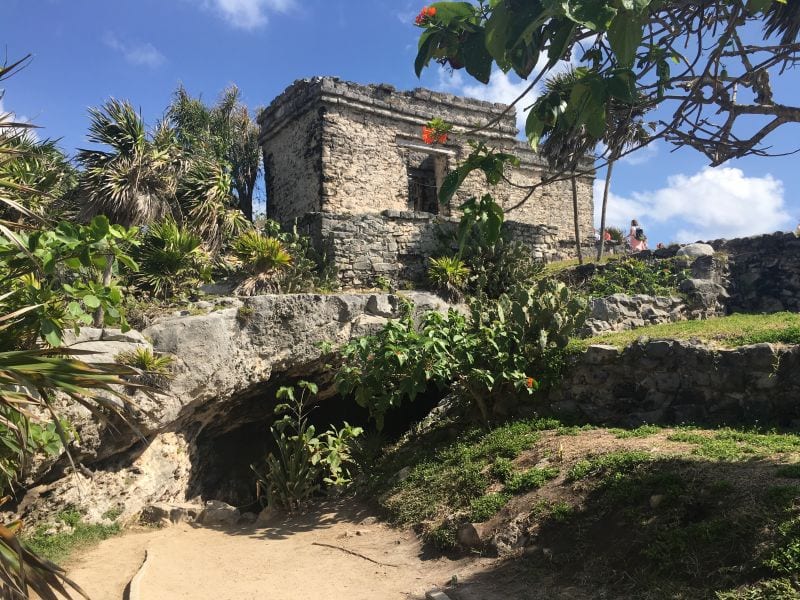
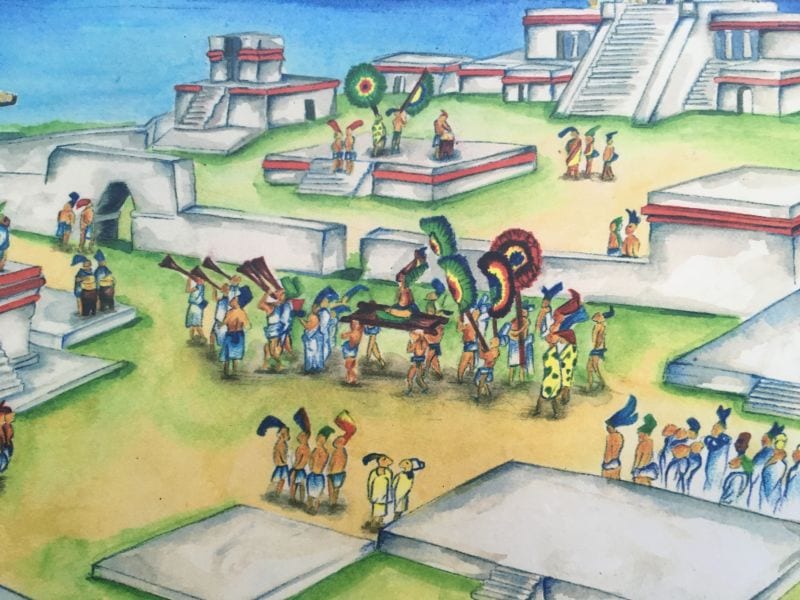

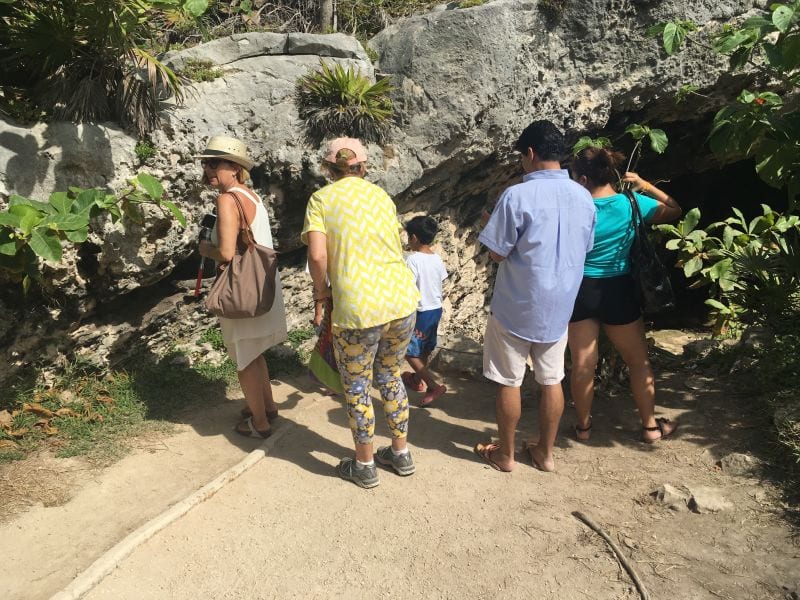
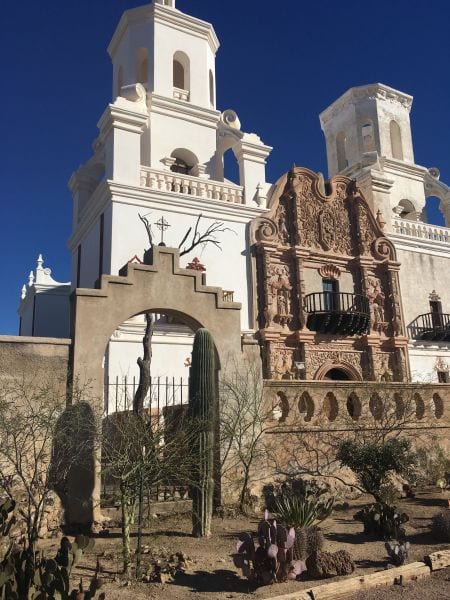
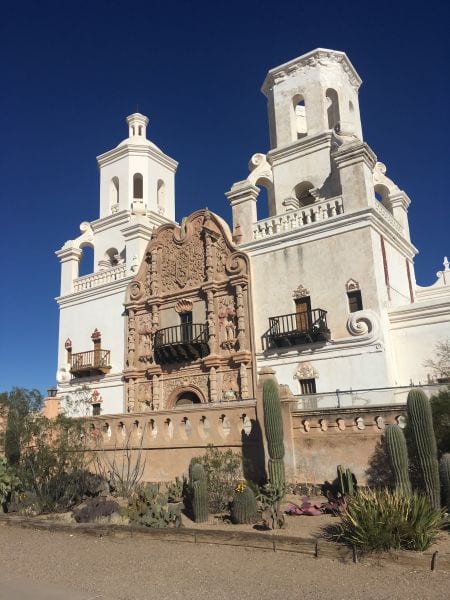
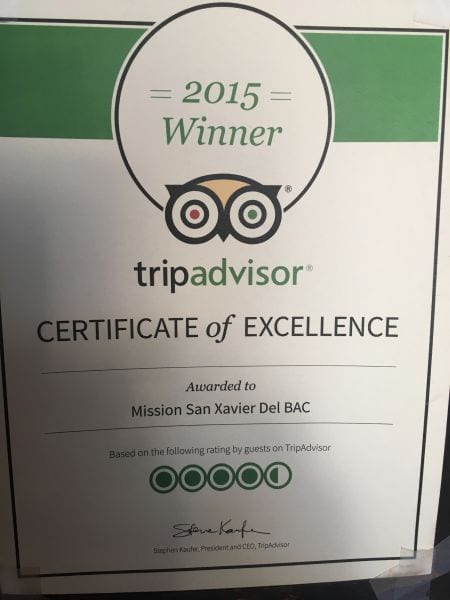
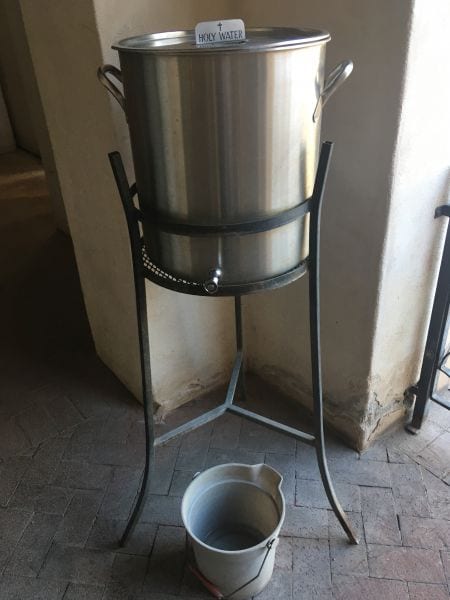
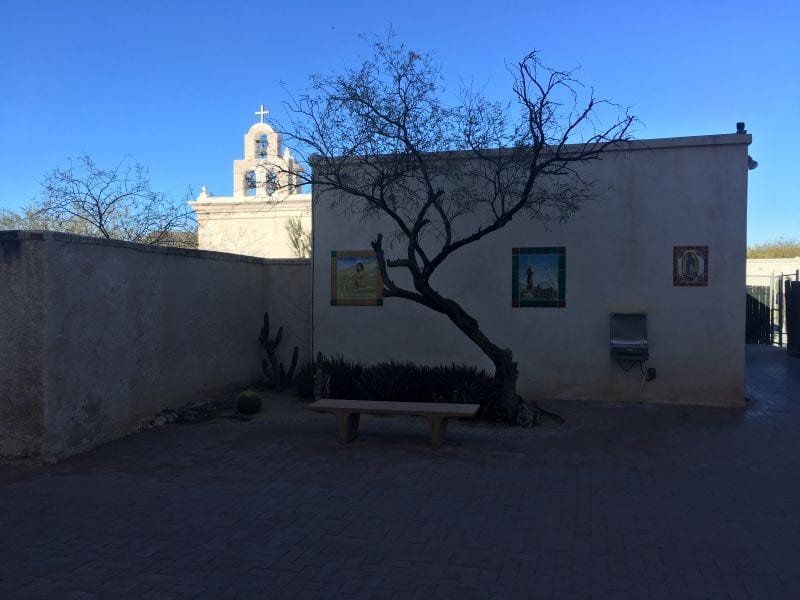
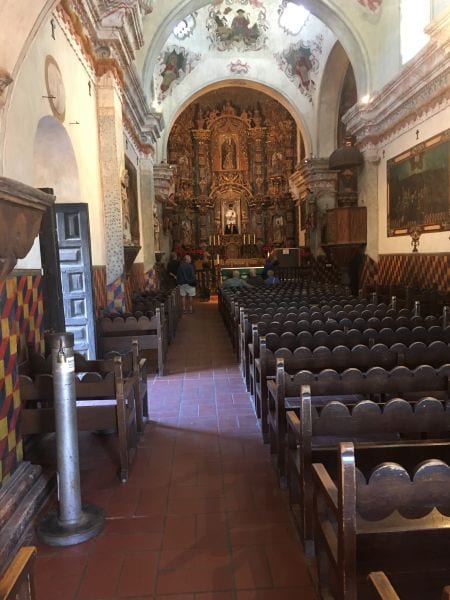
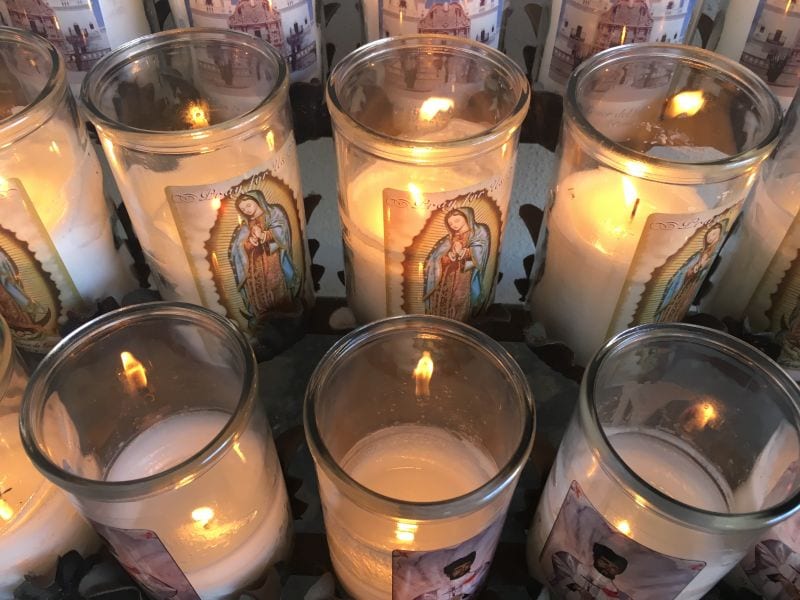
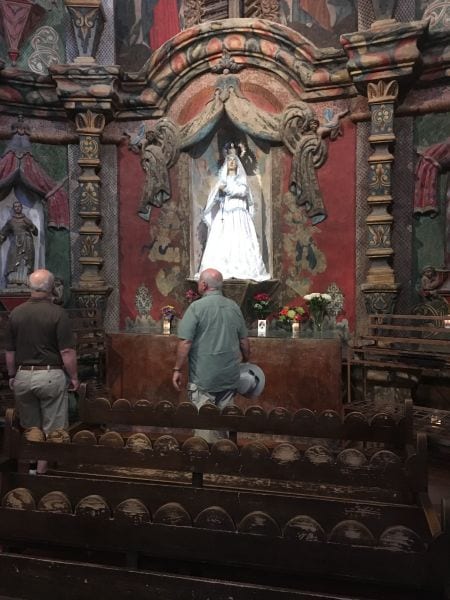
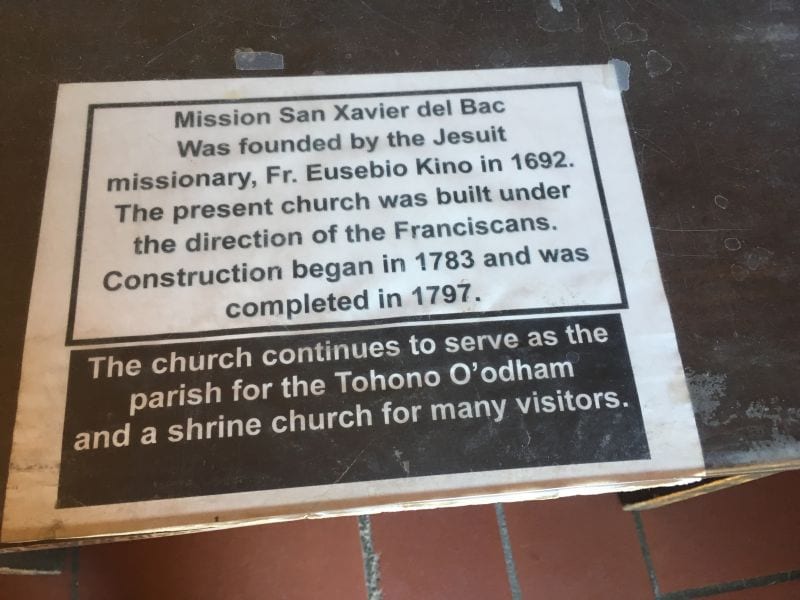
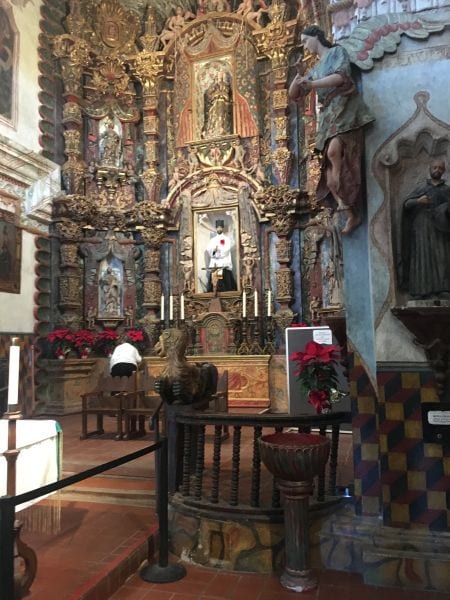
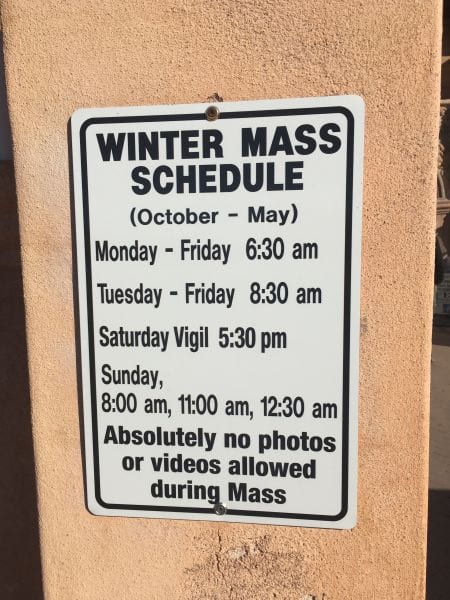
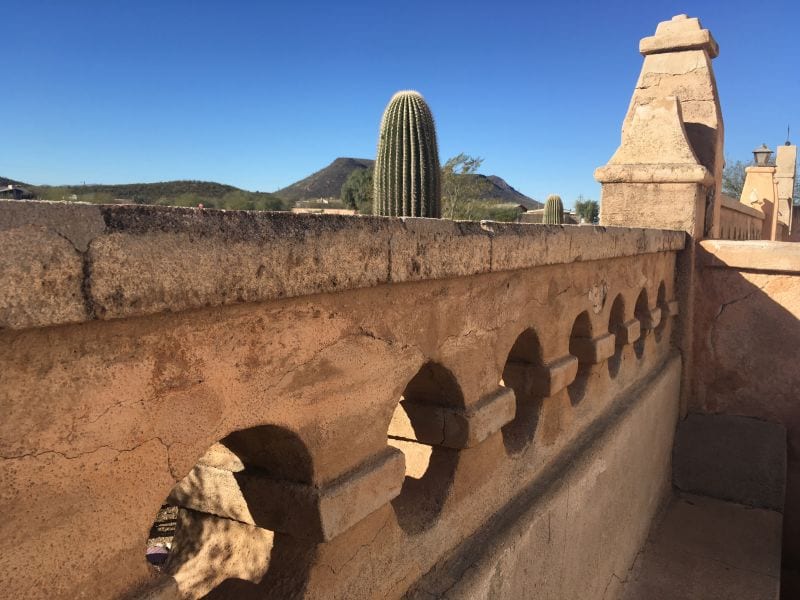
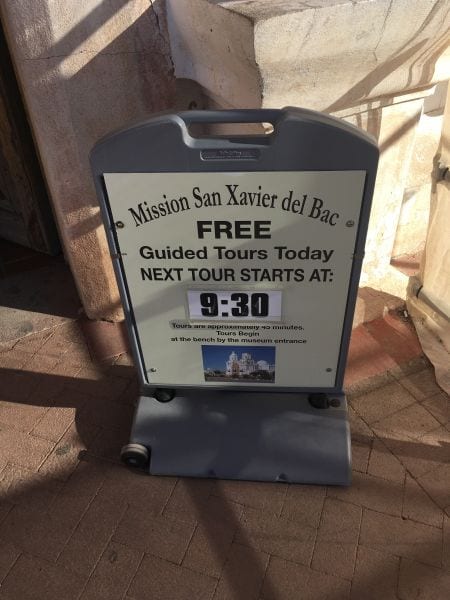
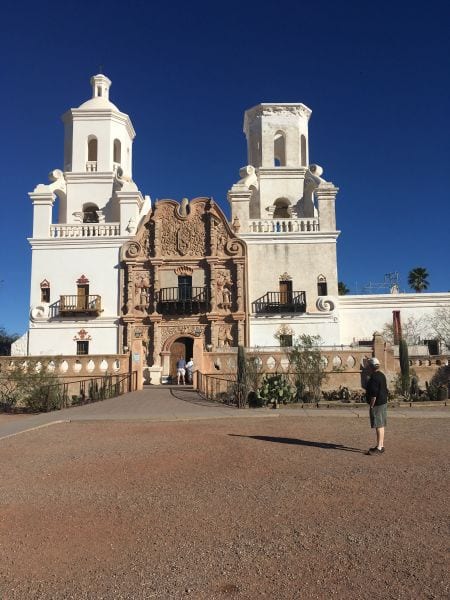
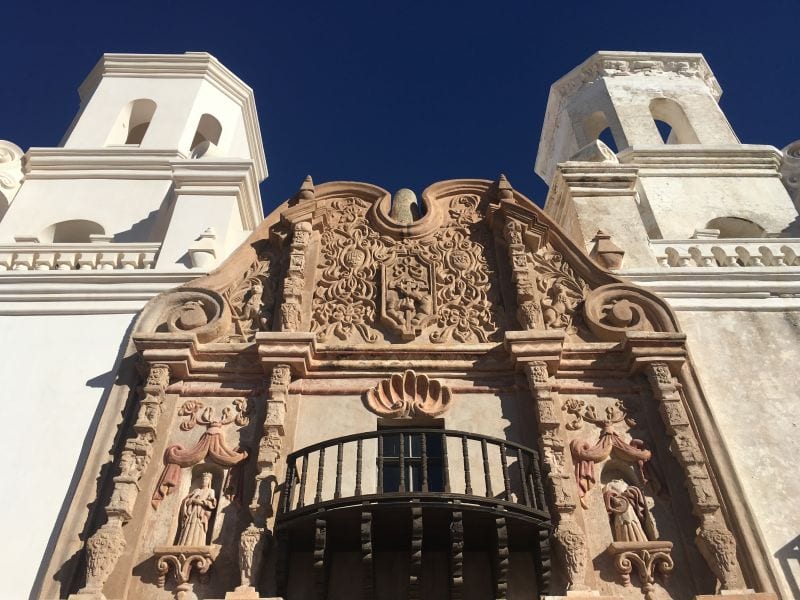
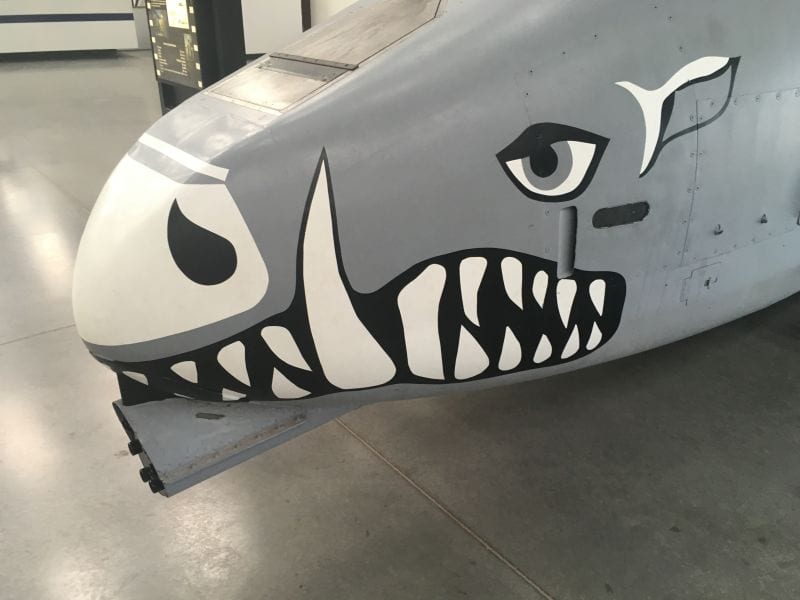
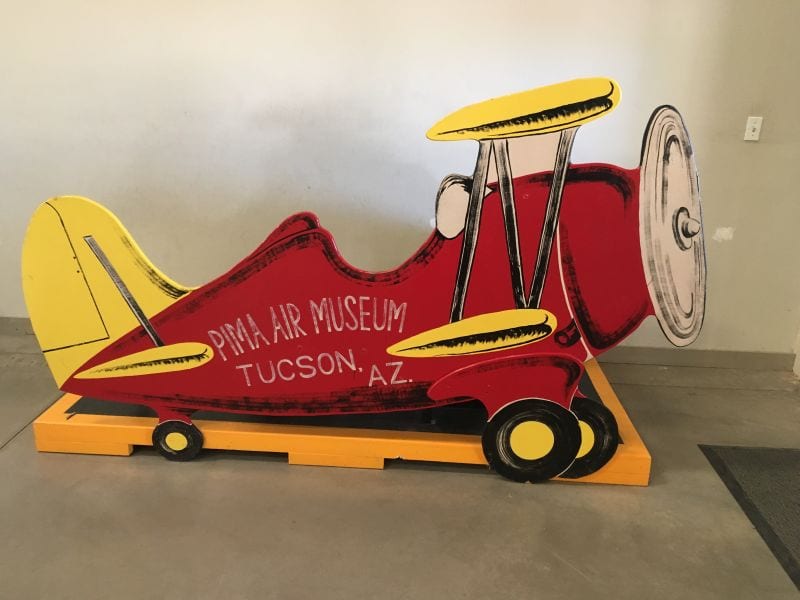
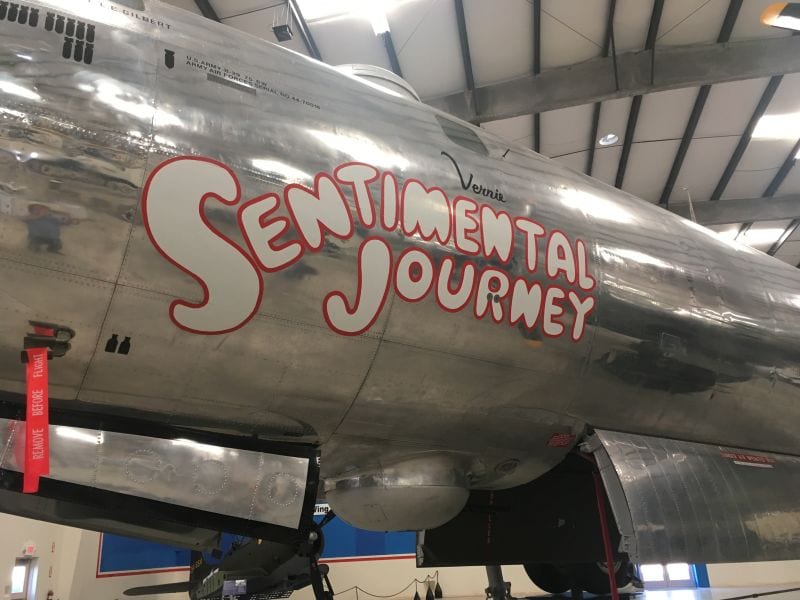
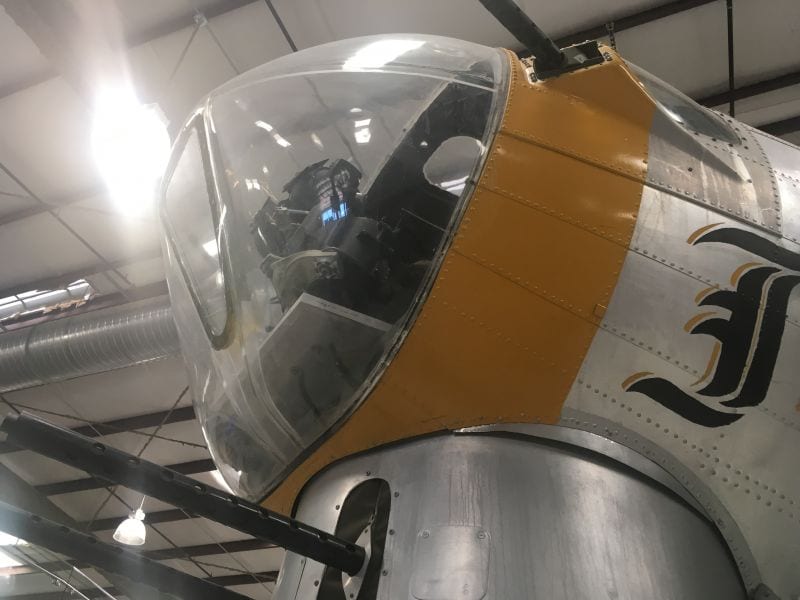
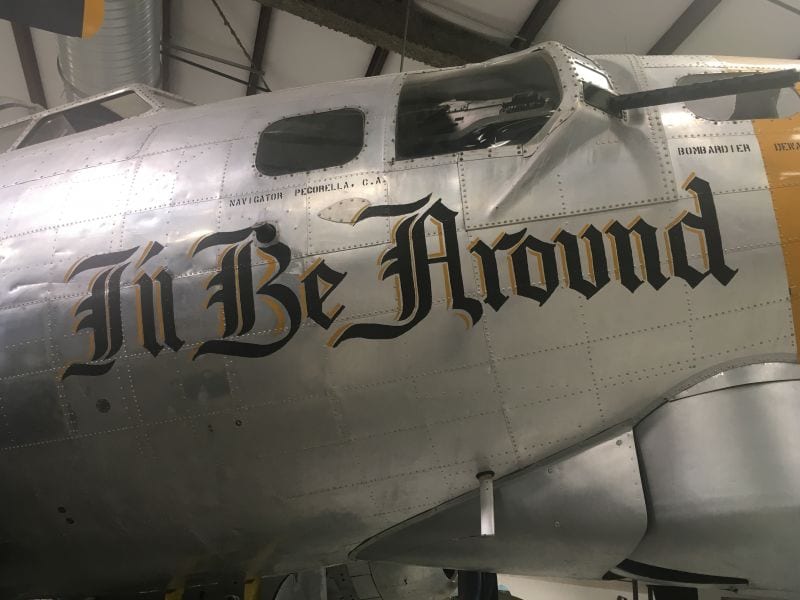
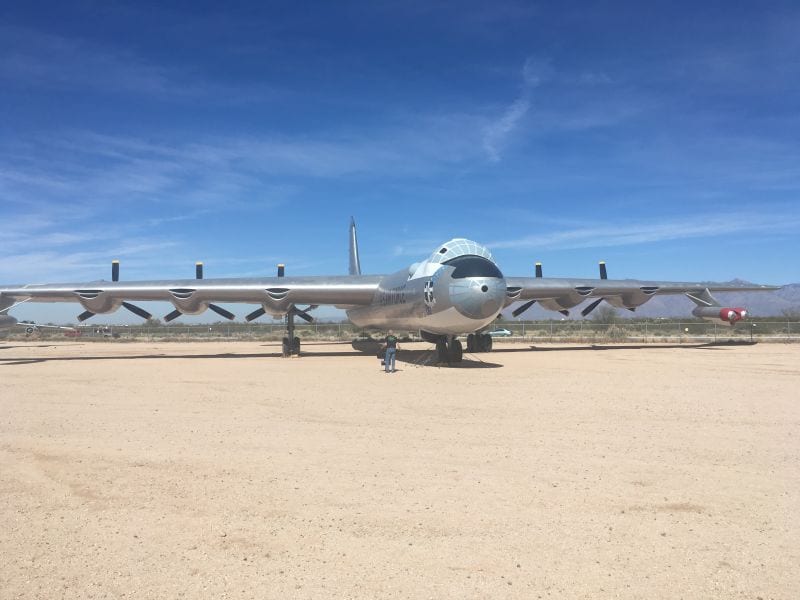
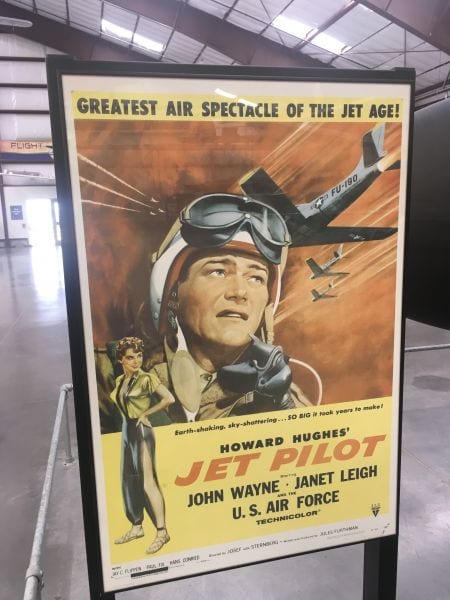
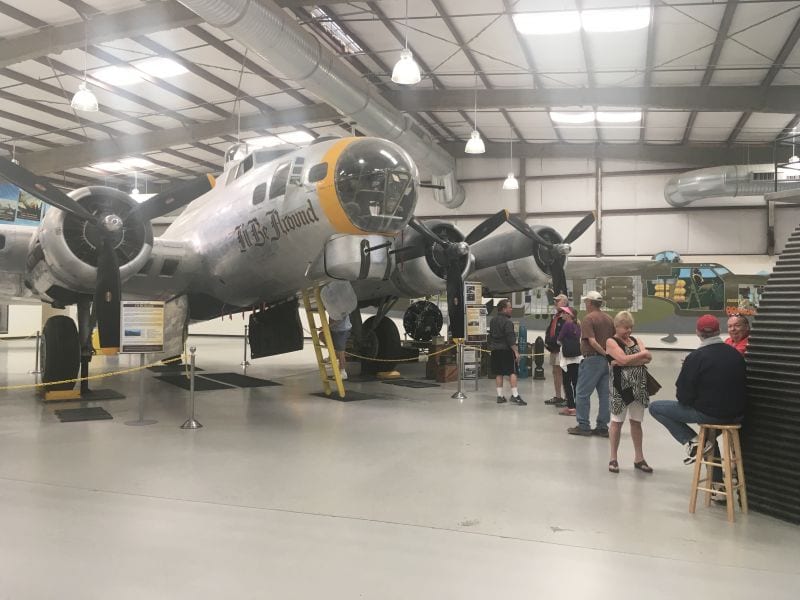
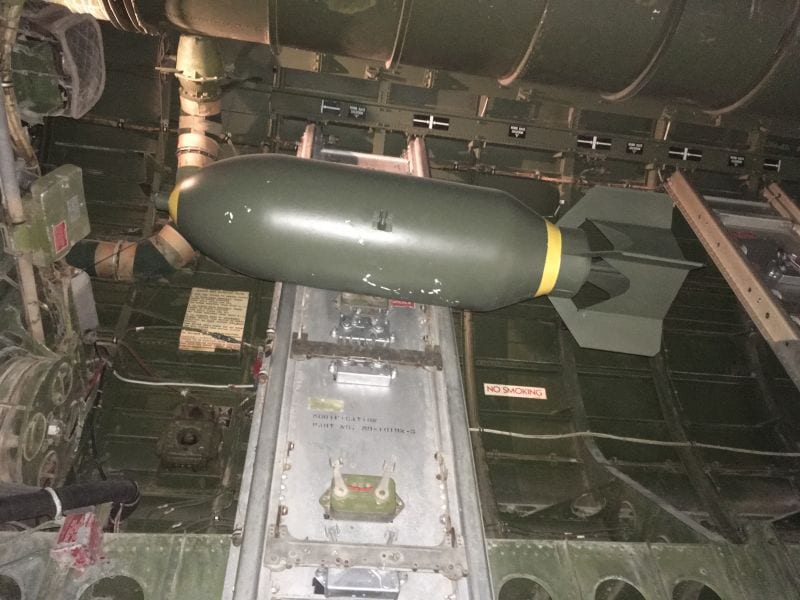
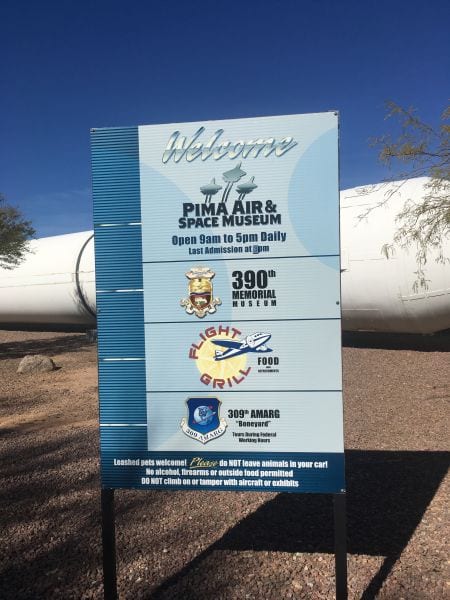
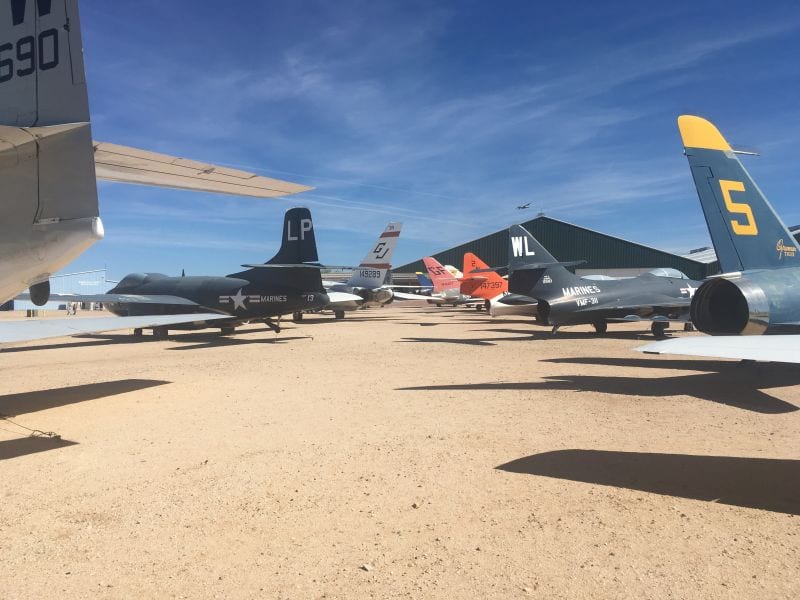
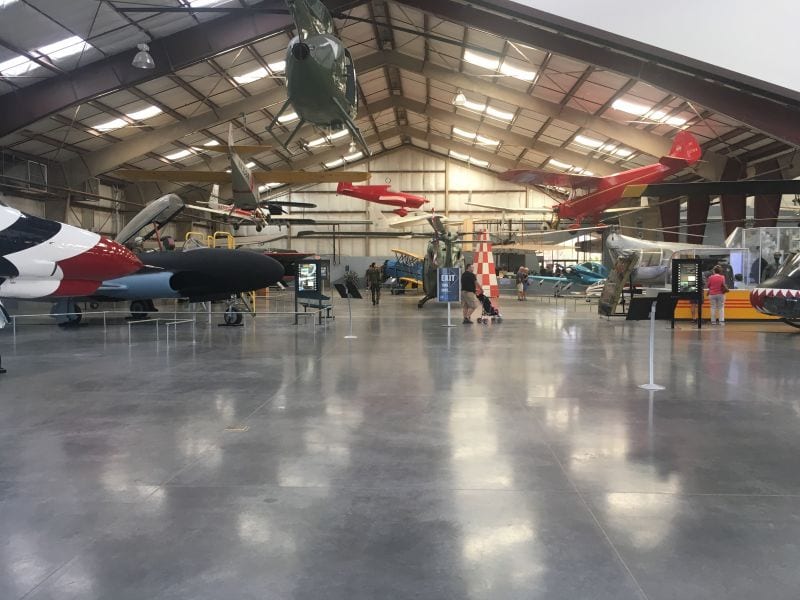
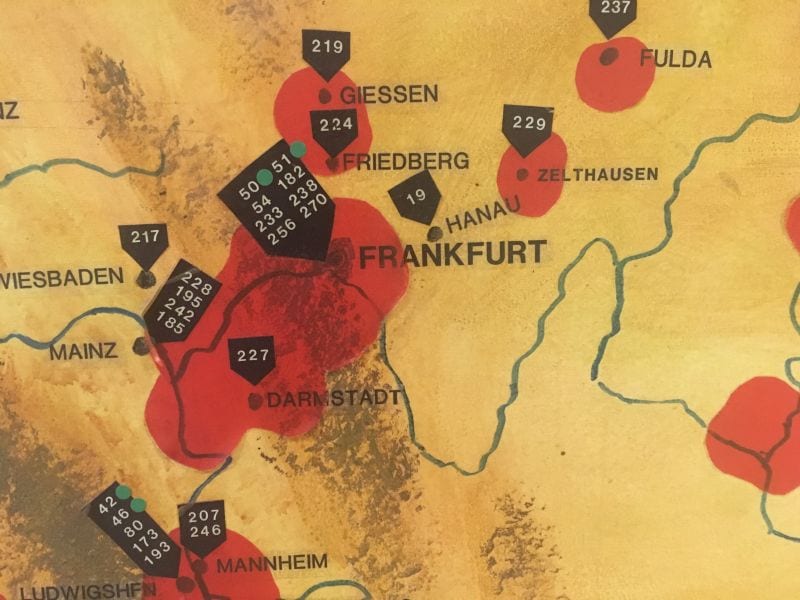
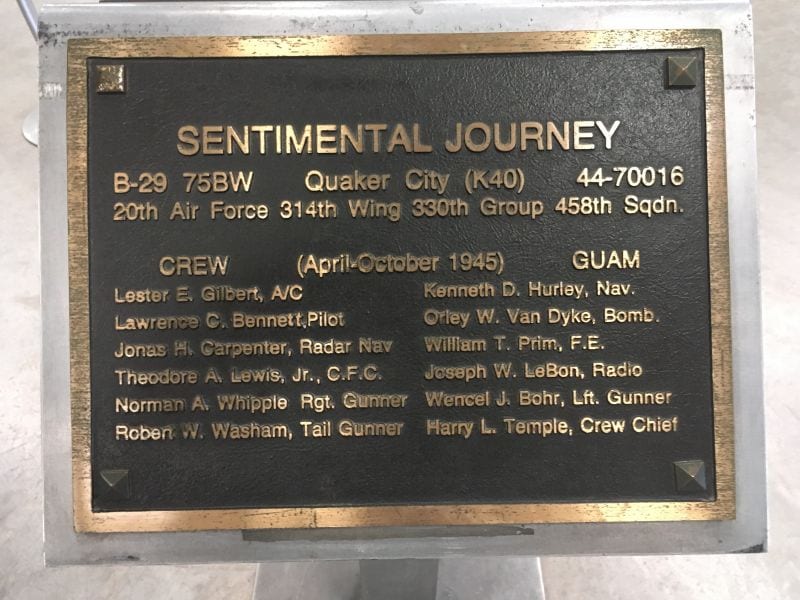
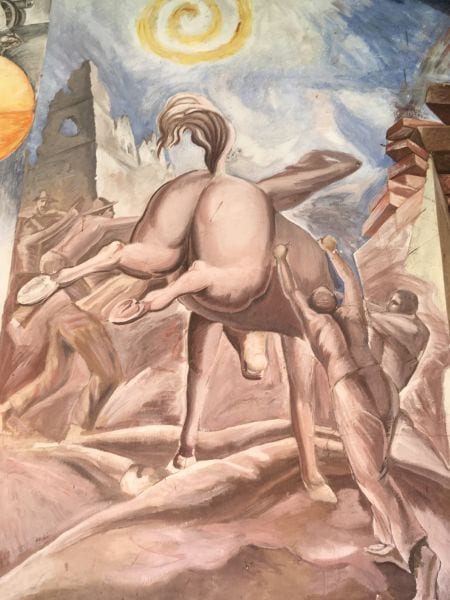
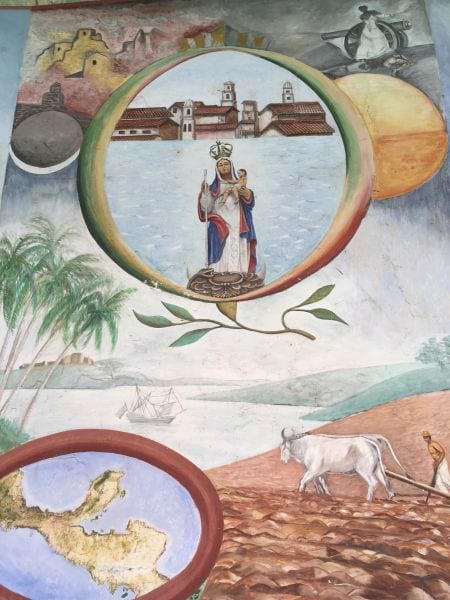
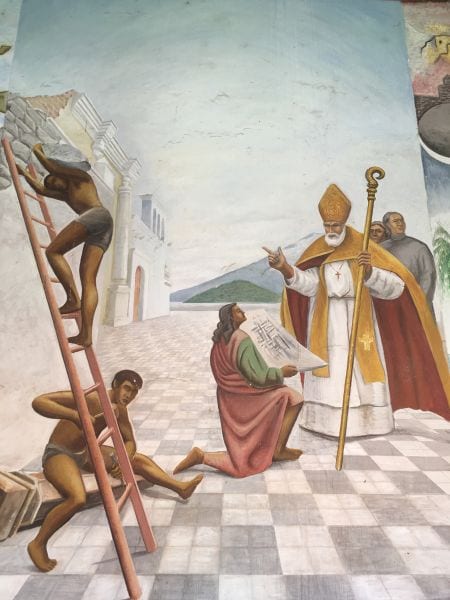
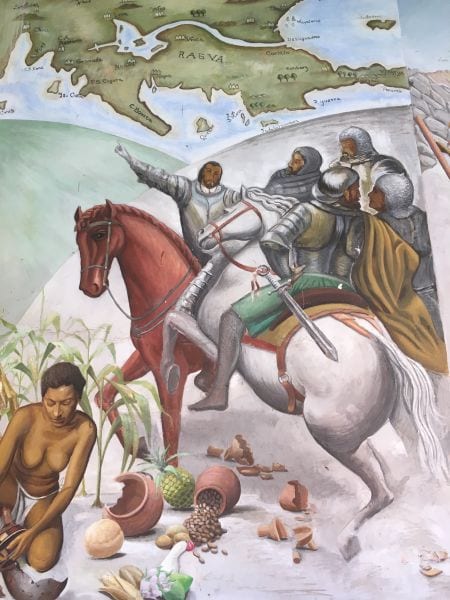
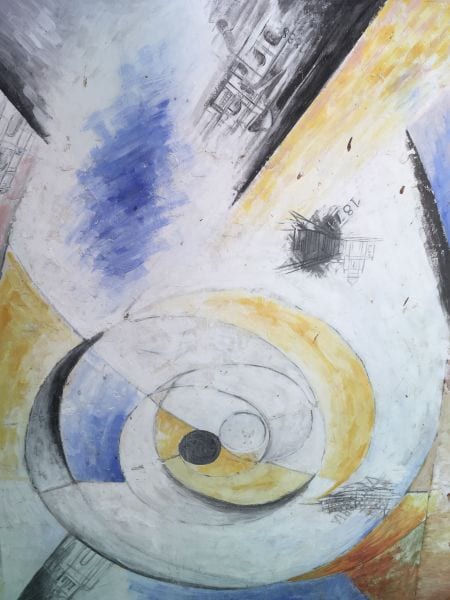
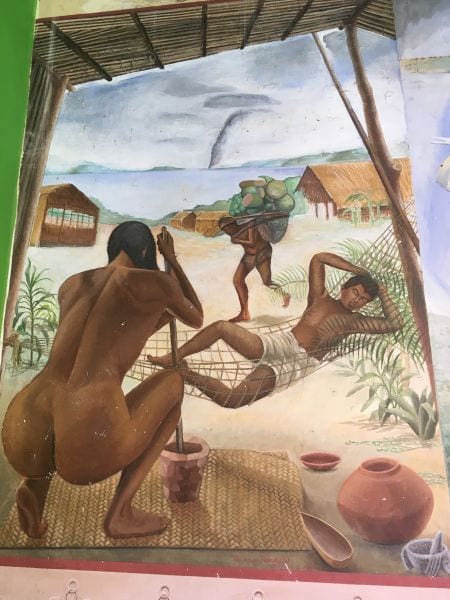
Recent Comments